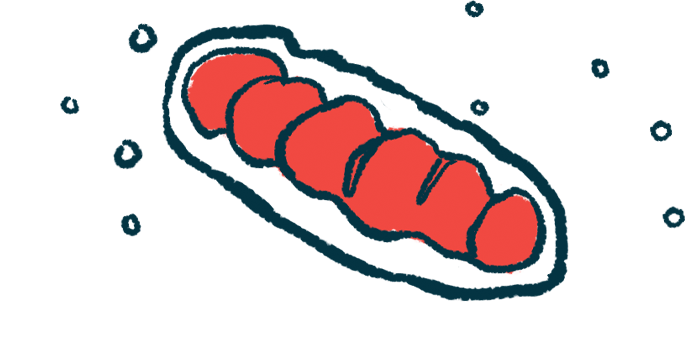Mitochondrial dysfunction may be a treatment target in DM2
Treatment to boost cell powerhouse's function may be beneficial

In myotonic dystrophy type 2 (DM2), muscle cells have dysfunctional mitochondria, the cell’s so-called powerhouse that’s key to energy generation.
The results imply that treatments to boost mitochondrial function could be beneficial in DM2, the researchers said in “Multi-level profiling unravels mitochondrial dysfunction in myotonic dystrophy type 2,” which was published in Acta Neuropathologica.
“While DM2 is not a primary mitochondrial disease per se, we believe that mitochondria are involved in its [biological mechanisms] and, thus, clinical manifestation,” they wrote.
DM2 is marked by muscle weakness that typically manifests in adulthood. It’s caused by mutations in the CNBP gene, but exactly how muscle biology is disrupted to cause muscle weakness and other symptoms in DM2 is not fully understood.
Recent research indicates mitochondrial dysfunction may factor in the progression of myotonic dystrophy type 1 (DM1), a related disorder that’s usually more severe. Here, scientists investigated whether mitochondrial problems are also apparent in DM2.
DM2 and mitochondrial dysfunction
Using muscle biopsies from seven DM2 patients, they analyzed levels of more than 3,000 proteins and identified 62 proteins expressed at significantly lower levels in DM2 muscles compared with healthy muscles. Strikingly, 16 of these proteins are involved in the chemical pathways that mitochondria use to generate energy. Transcriptomics — an assessment of the complete set of RNA transcripts made as a result of gene activity — also showed reduced activity in genes important for mitochondrial function.
Analyses of these and muscle biopsies from 40 additional patients showed DM2 mitochondria had defects in their shape and structure, suggestive of problems with the cellular machinery that normally keep mitochondria healthy and remove damaged mitochondria.
Patients also had lower mitochondrial DNA copy numbers. Normally, each cell contains a set number of copies of the mitochondrial genome, which varies between cell type and developmental stage. This difference raises “the possibility of an mtDNA maintenance defect,” the researchers said.
“Mitochondrial dysfunction was evident on the morphological and proteomic [protein] level, and we detected significantly reduced mtDNA copy numbers,” wrote the researchers, who said “if the functional impact of these abnormalities can be conclusively demonstrated … mitochondria might indeed emerge as novel additional treatment targets in DM2.”
The abnormalities seen here have been reported in DM1, but there also were some differences in specific mitochondrial health markers between the two diseases. The scientists emphasized a need to further assess the role of mitochondria in myotonic dystrophies. “While our data point toward a significant role of mitochondrial pathology [disease] in DM2, further studies are needed to corroborate these findings and assess the functional impact of mitochondrial dysfunction on cellular metabolism.”







